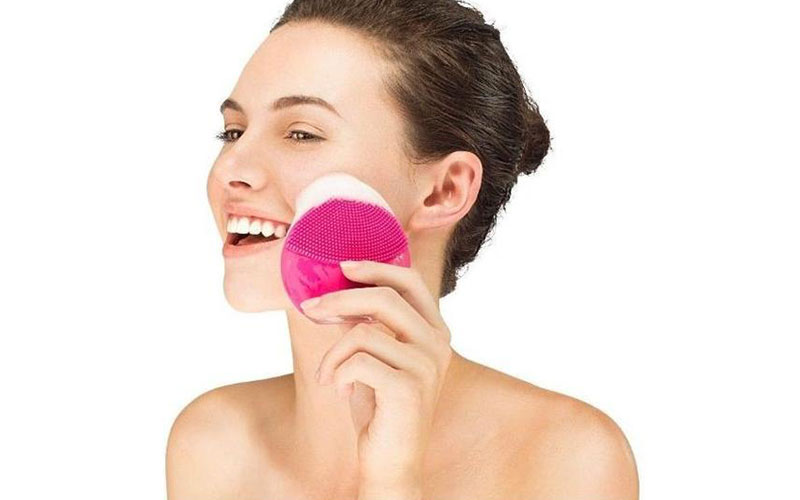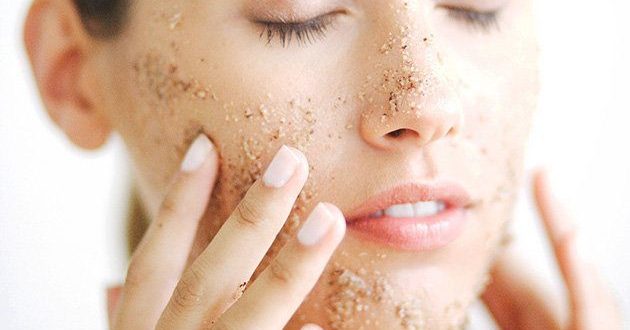Exfoliation is one of the best ways to keep your skin fresh and radiant, and to prevent your skin from aging. This technique is very old, and over time has become a staple in the world of beauty. In recent years this technique has evolved significantly, and now there are many types of exfoliation besides the traditional scrubbing method available. In this article, we will take each technique one by one and see which is the best for each skin type.
Credits: www.e-medicalclinic.com
What is exfoliation?
Exfoliation is the process of removing dead tissue and debris from your skin. This process occurs naturally as our skin regenerates, but it is not usually noticeable. It is approximated that in one year we “shed” our skin multiple times to make room for new and healthy skin cells, which take the place of the dead ones. Some people have problems like acne, dry skin, blackheads, or an overall unpleasant skin texture. Exfoliation can greatly help solve these issues by removing the dead skin cells as well as any debris from care products or environmental factors. In addition, exfoliation is also used to keep the skin fresh and young and to boost the renewal process. Now that we have introduced this topic, let’s talk about the different types of exfoliation.
Mechanical exfoliation

This type of exfoliation is the oldest, and it involves a mechanical action to remove build-up. This type of exfoliation is particularly useful for oily skin that is prone to acne. The mechanical action will remove the layer of oil that is usually found on this type of skin, and will help the skin to breathe as well as improving the absorption of skincare products. Some of the most popular types of mechanical exfoliation are:
● Scrub (made of coffee, artificial compounds, or natural products): Its action scratches the outer surface of the skin to loosen and remove all the debris and dead skin which can then be washed away.
● Gloves (made from natural or artificial fibers): This method is typically used on the whole body, but finer gloves are available which are more suitable for use on the face.
● Using a sponge (natural ones are preferred over the artificial ones).
● Brush: This is one of the most popular options on the market and has great benefits in acne treatment.
Chemical exfoliation

This is suitable for dry or mixed skin and has a softer effect than mechanical exfoliation. This procedure involves using certain chemicals that remove debris and improve circulation and cell turn-over. Some of the main compounds used are:
● AHA (alfa-hydroxy acids) such as citric, lactic, glycolic, or tartaric acids. These acids are some of the most popular and they are used in various different concentrations.
● BHA (beta-hydroxy acids) such as salicylic acid. This ingredient is also used for acne-prone skin.
Chemical exfoliation is very useful but you should be careful with the concentration of the various chemicals you use. Try opting for lower concentrations at first to acclimatize your skin. As your skin becomes more accustomed to the chemicals, you can opt for higher concentrations if necessary.
How to exfoliate?
If you opt for mechanical exfoliation, you should massage the target area for around 30 seconds. Make sure you don’t apply too much pressure and that you use a circular motion. If you notice any redness or an unpleasant feeling on your skin afterwards, it means that either the process was too harsh, or that the product is not suitable for your skin. Don’t forget to wash your face afterwards.
Chemical exfoliation should be very gentle; this way you will achieve optimal results without any burning or irritation. Work with low concentrations of active substances and see what works for you most effectively.
The perfect program involves exfoliation 2 or 3 times a week, depending on your needs. A very important factor is the use of SPF. The skin is quite sensitive after exfoliation; use moisturizers and SPF to keep it healthy and glowing.
In conclusion, exfoliation can be one of your greatest allies. See what works best for you and be consistent. The key to beautiful skin is not just a good routine, but a smart one focused on rejuvenation and cell turn-over.
Resources:
1. https://www.healthline.com/health/how-to-exfoliate#how-to
2. https://www.aad.org/public/everyday-care/skin-care-secrets/routine/safely-exfoliate-at-home





